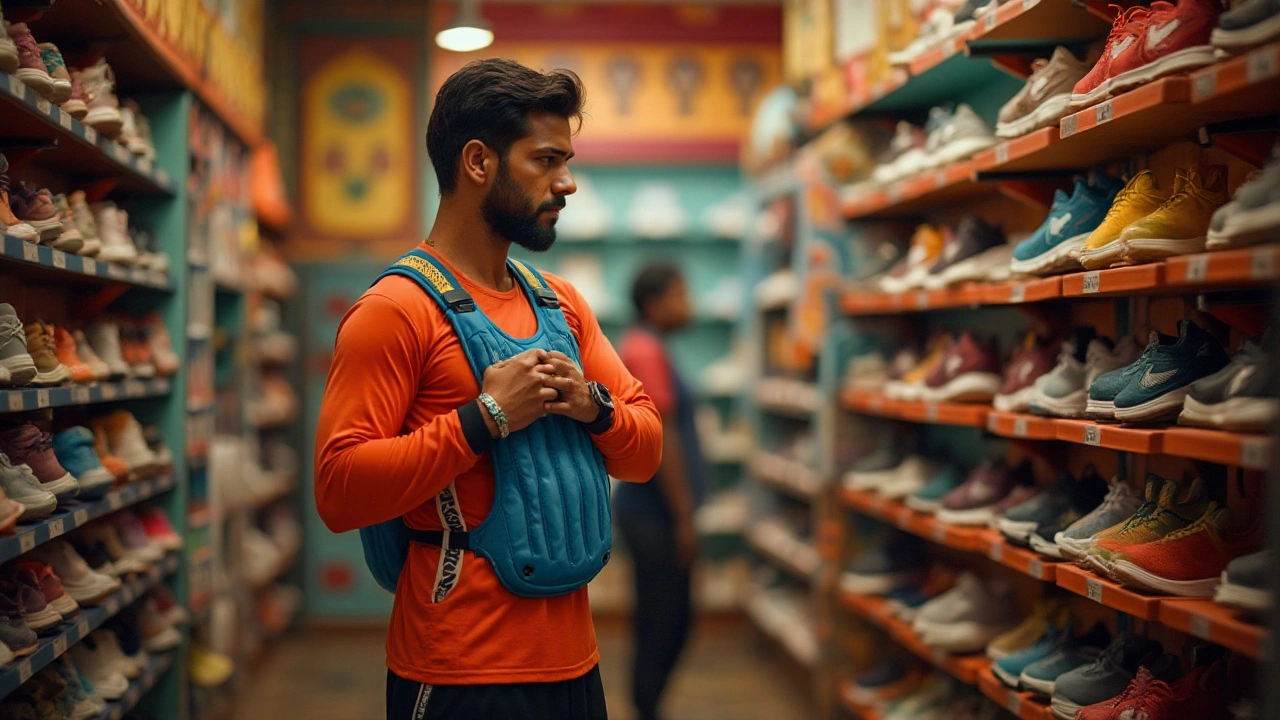Shoe Size: How to Find the Right Fit for Every Sport
Got a pair of shoes that feel too tight or too loose? It’s usually a size mistake, not a bad shoe. Knowing your exact shoe size can make the difference between comfort and pain, whether you’re hitting the treadmill or just walking around town. Below are simple steps you can follow at home to get the right fit every time.
Measure Your Feet at Home
All you need is a piece of paper, a pen, and a ruler. Stand on the paper with your weight evenly distributed, then trace the outline of each foot. Measure the length from the heel to the longest toe – it’s often the big toe, but sometimes the second toe sticks out a bit more. Write down the numbers in centimeters or inches.
Do the same for the width. Place a ruler across the widest part of the foot (usually the ball of the foot) and note the measurement. Most shoe brands give both length and width options, so having both numbers helps you pick the best match.
Reading Size Charts & Common Mistakes
Every brand has its own chart, and they don’t always line up. Once you have your foot measurements, compare them to the chart on the retailer’s page. If you fall between two sizes, go with the larger one – you can always tighten the laces or add an insole, but you can’t make a shoe bigger.
Don’t trust the label on the box alone. Some “size 9” shoes in one brand feel like a “size 8” in another. Look for terms like “wide (W)”, “extra wide (EE)”, or “narrow (N)” on the chart. If you have a high arch, you might need a shoe with more cushioning in the heel to keep the fit snug.
Another common error is trying shoes on with thick socks. Always try them on with the socks you plan to wear during your activity. A running shoe that feels perfect with thin socks might be cramped with thicker ones.
Finally, give yourself room to wiggle your toes. You should be able to move them a bit, and there should be about a thumb’s width of space between your longest toe and the front of the shoe. This extra space prevents blisters and lets your foot expand as it heats up during exercise.
With these steps, you can confidently pick shoes that fit right the first time. No more returns, no more sore feet – just clear, comfortable steps every day.
